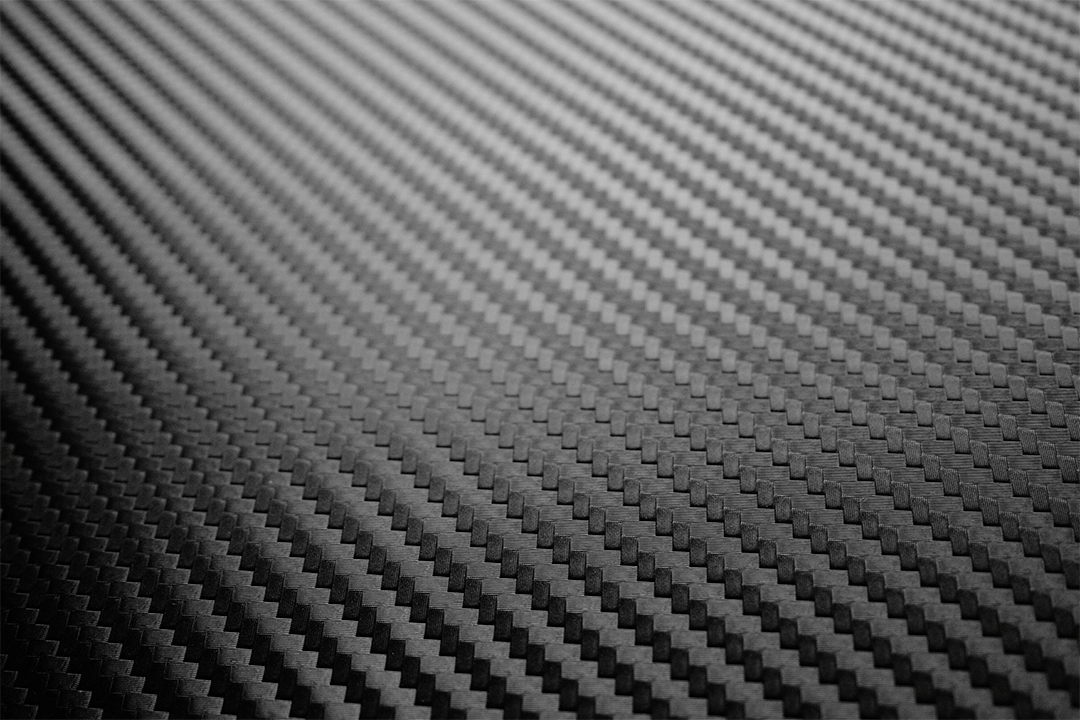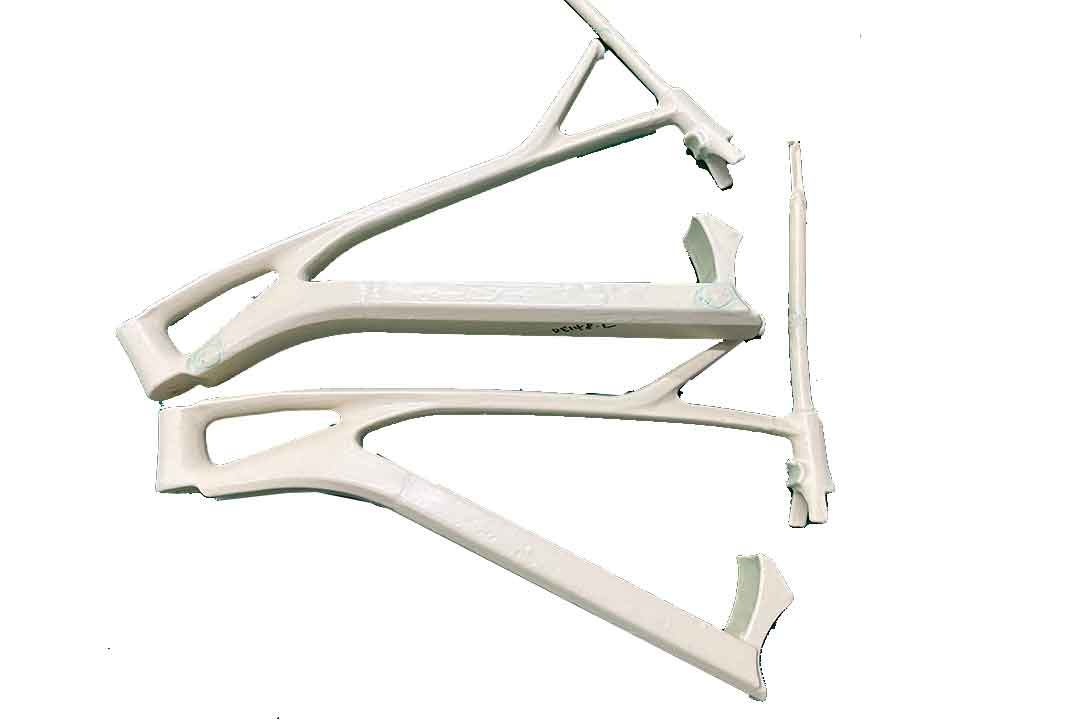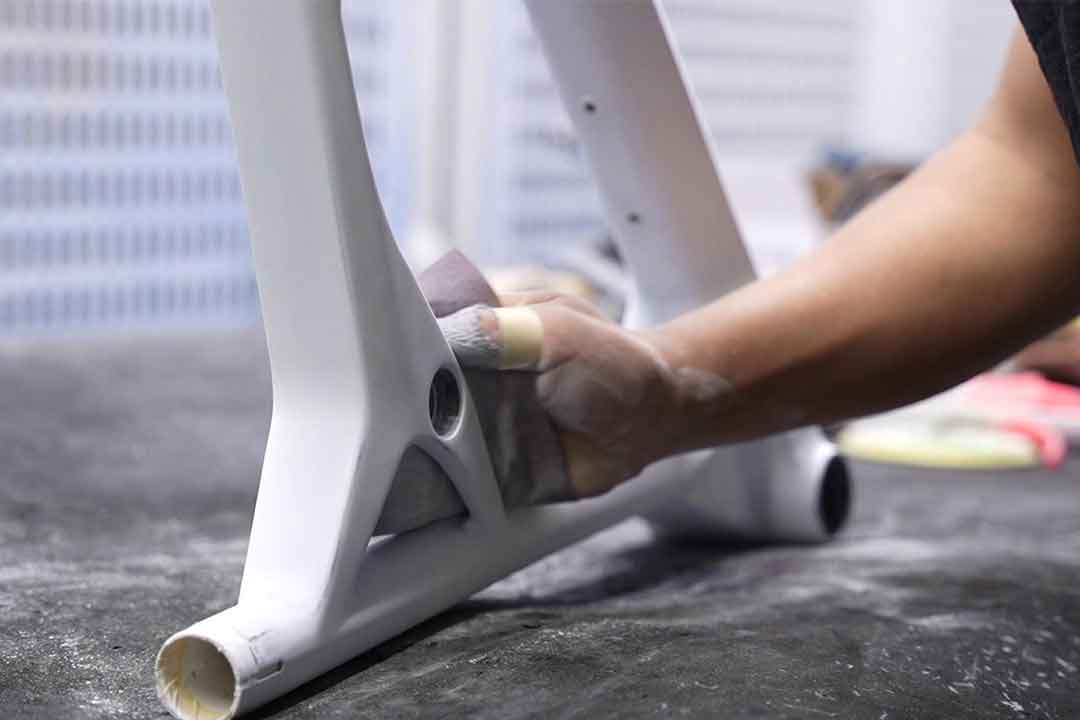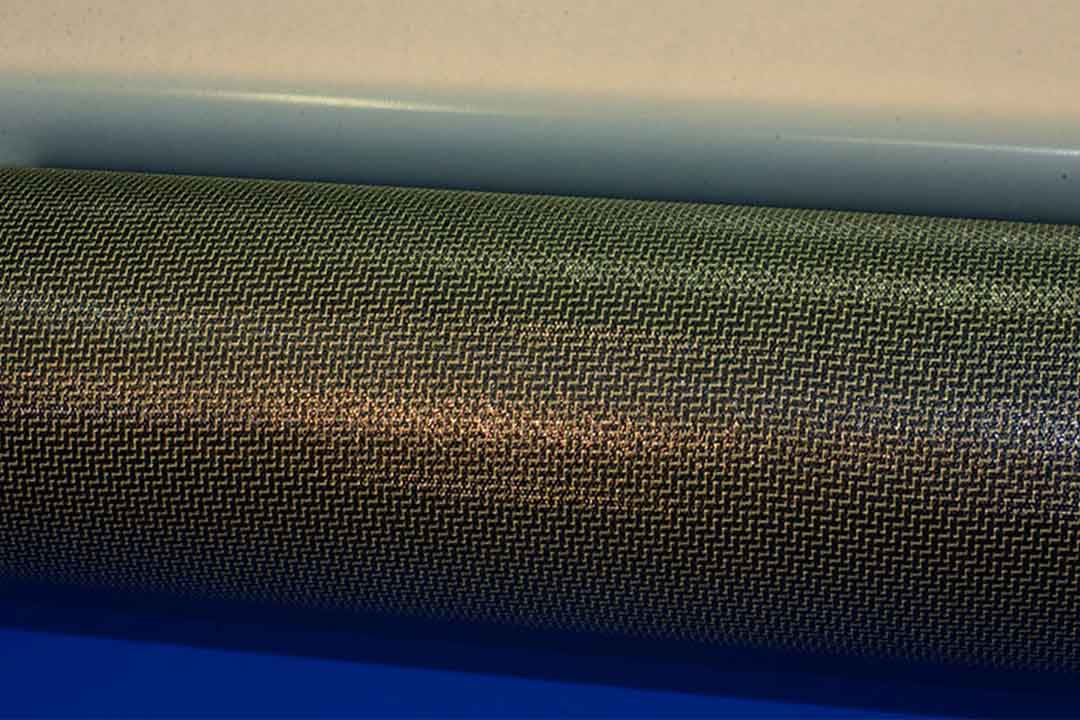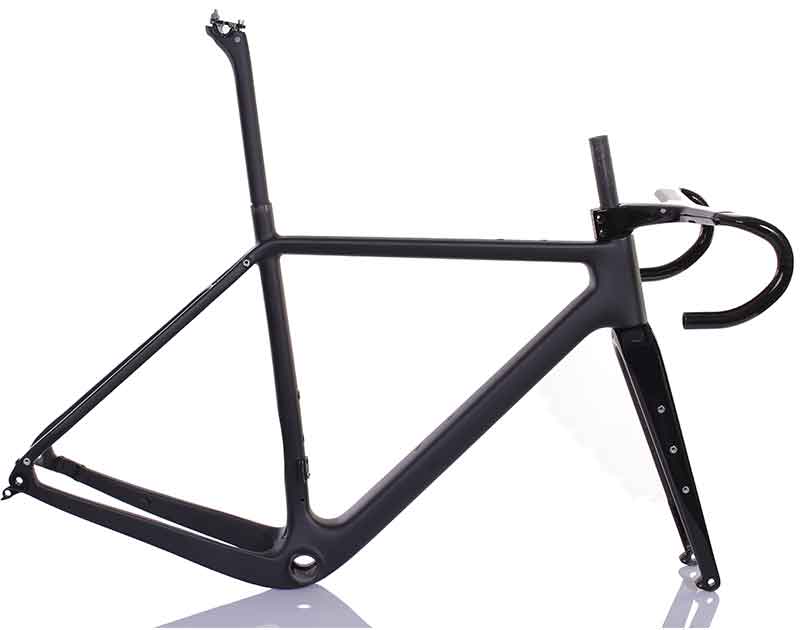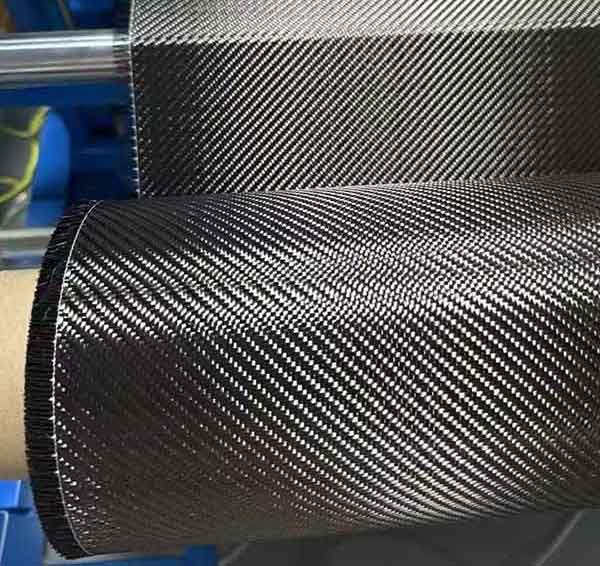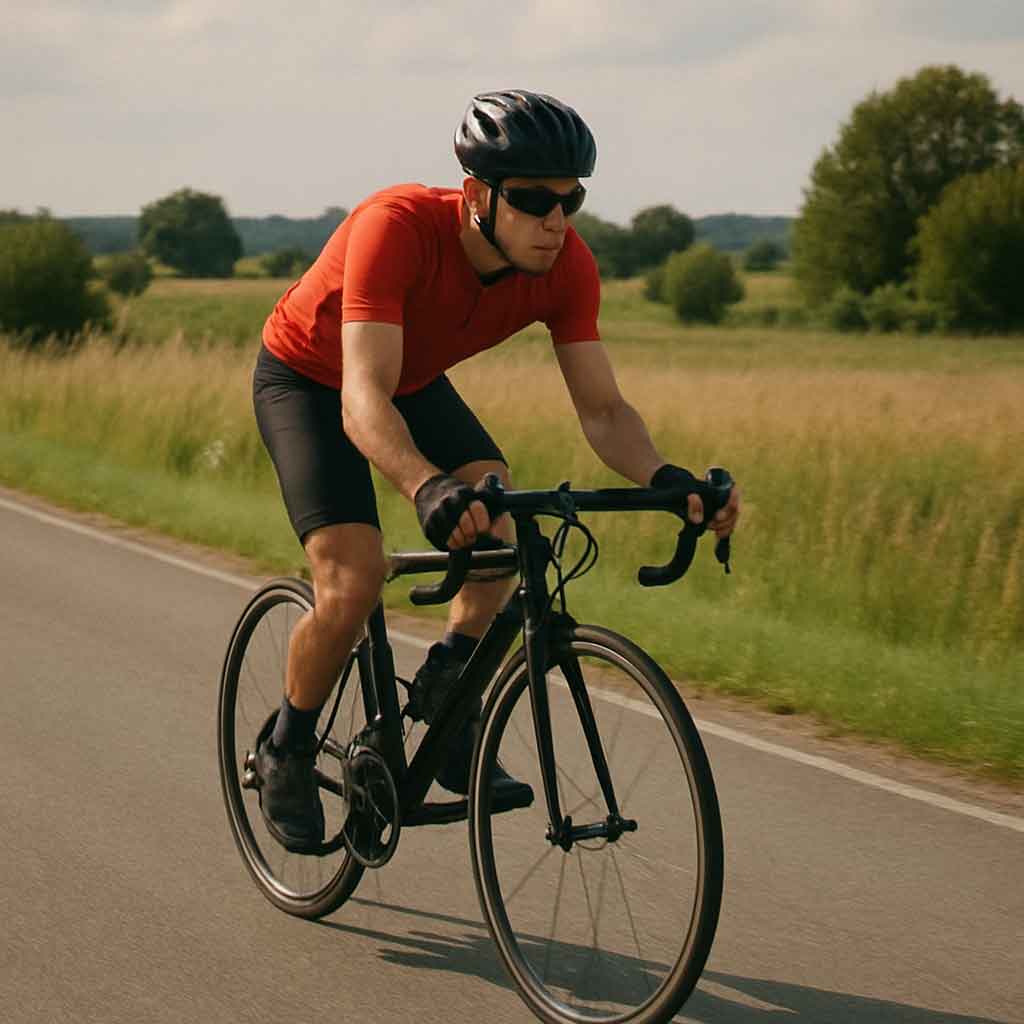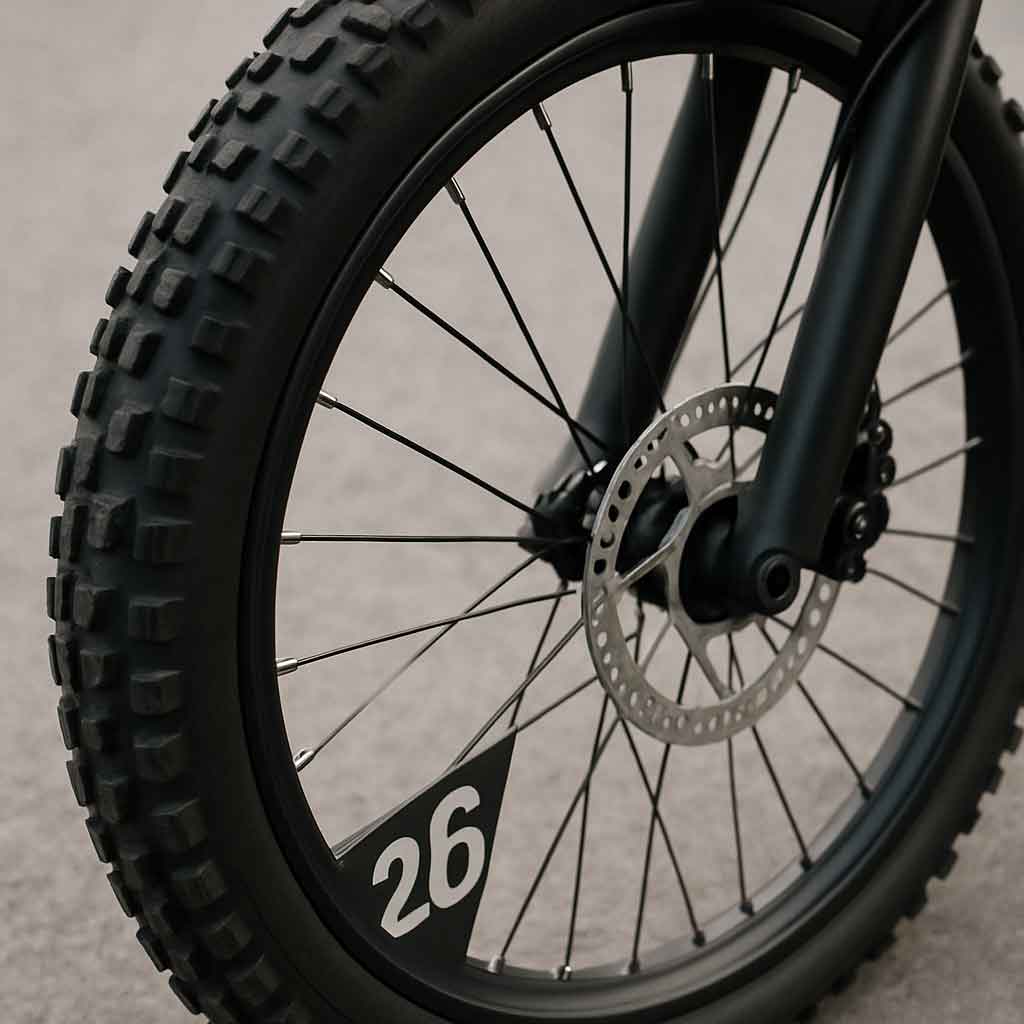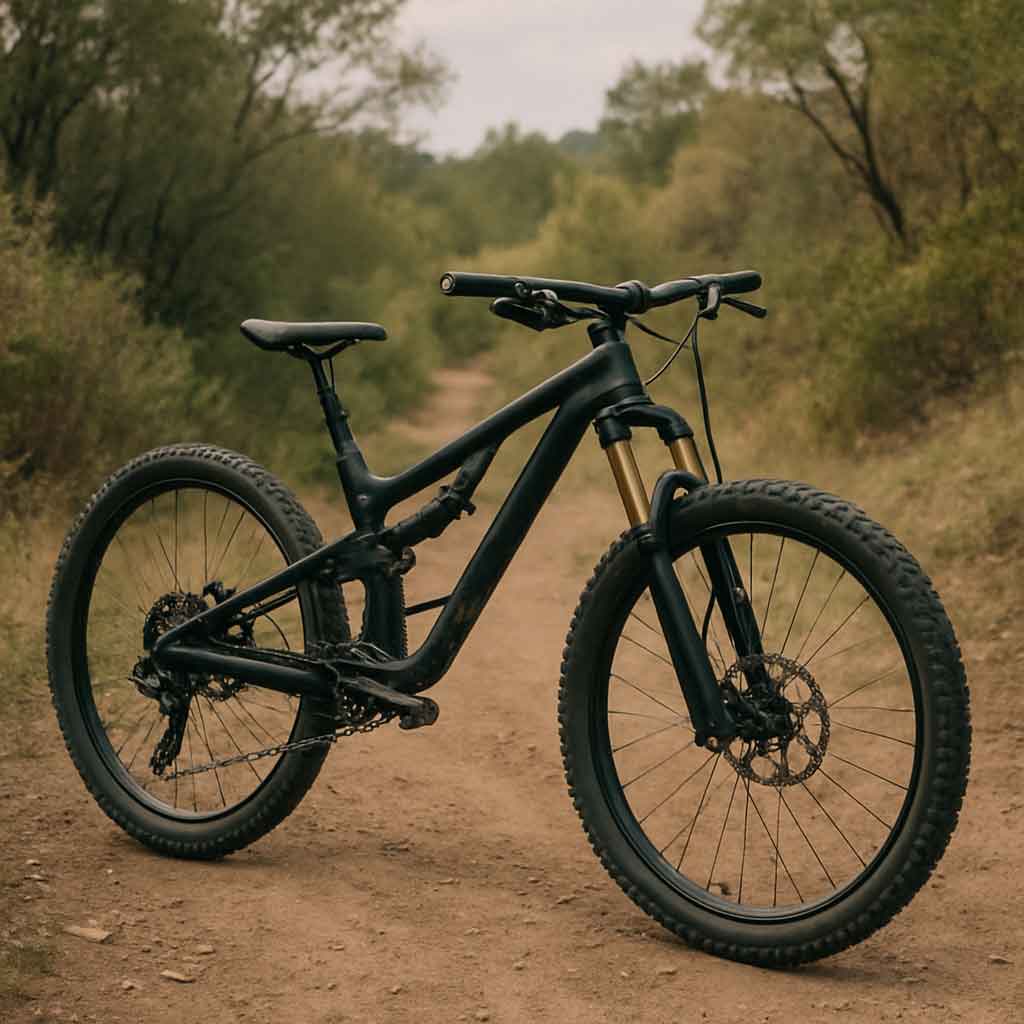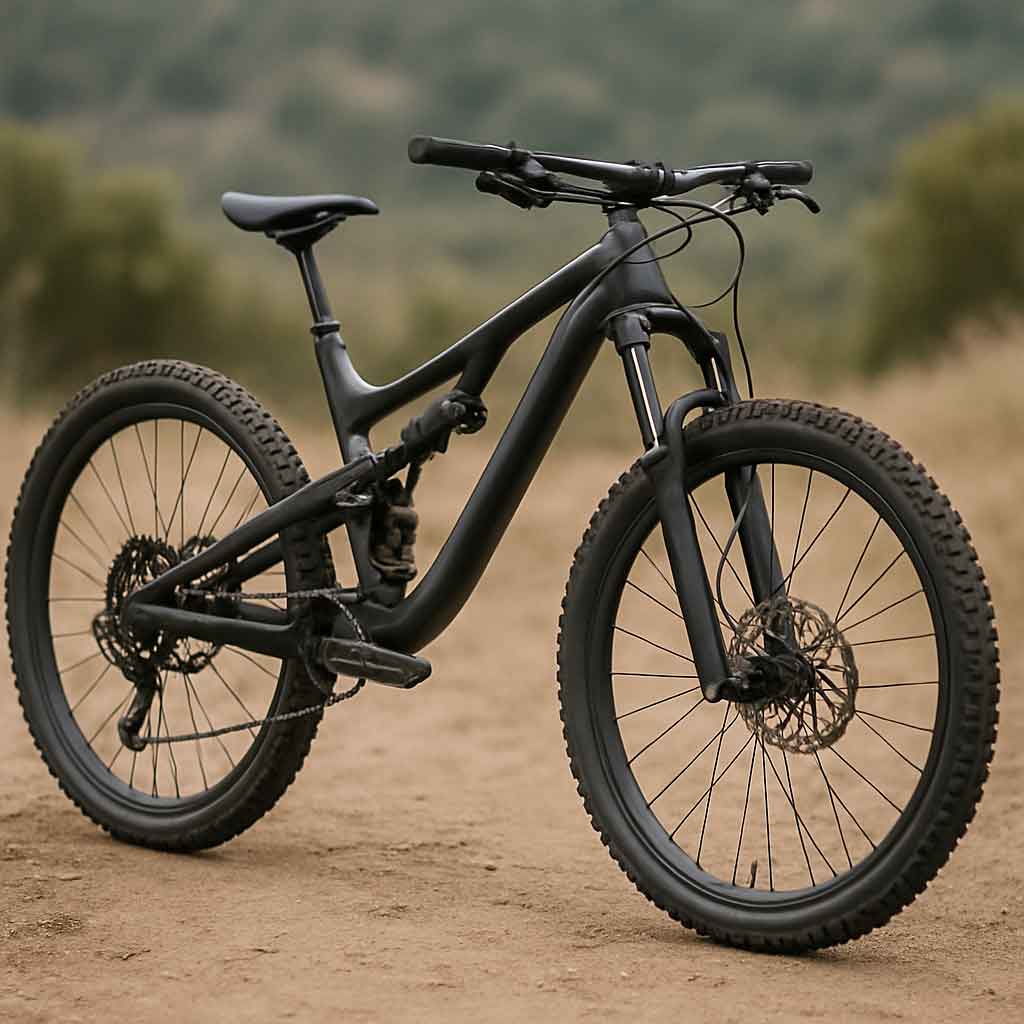Welcome to Mondince Bike - A well-known factory specialized in produce carbon bike frame and other parts since 2007.
How Frame Geometry Affects Riding Experience
Mountain biking is not just about pedaling through trails; it’s about the intricate relationship between the rider and the machine. The frame geometry of your bike is a pivotal factor that dictates how you experience the ride. This article delves into the complexities of frame geometry and its profound impact on your biking journey, spotlighting various mountain bike frames like full suspension and hardtail. Understanding these nuances helps you make informed choices, whether you’re navigating rugged terrains or enjoying smooth trails.
Frame geometry encompasses the precise angles and lengths of your bike’s frame components. These measurements define the bike's handling characteristics, comfort level, and performance across different terrains and riding styles. Let’s break down the essential aspects of frame geometry to appreciate their impact on the riding experience.
- Head Tube Angle: The Steering Influencer The head tube angle is a critical determinant of how your bike steers. A steeper head tube angle tends to result in quicker, more responsive steering, ideal for nimble maneuvers and technical trails. Conversely, a slacker angle provides stability, especially at higher speeds, making it suitable for downhill descents. The choice of head tube angle can significantly impact your confidence and control on the bike.
- Seat Tube Angle: Enhancing Pedaling Efficiency The seat tube angle directly affects your pedaling efficiency. A steeper angle positions the rider further forward, which enhances power transfer to the pedals, a crucial advantage during climbs. This forward positioning can make a significant difference in energy conservation over long rides. However, the optimal seat tube angle varies depending on personal preference and riding style.
- Chainstay Length: Balancing Agility and Stability Chainstay length plays a vital role in the bike’s overall agility and stability. Shorter chainstays make the bike feel more responsive and agile, perfect for tight turns and technical trails. On the other hand, longer chainstays contribute to stability, particularly beneficial for high-speed descents. Striking the right balance in chainstay length is essential for achieving your desired handling characteristics.
- Wheelbase: The Stability Factor The wheelbase, defined as the distance between the front and rear axles, is crucial for stability. A longer wheelbase generally enhances stability, offering a smoother and more controlled ride at higher speeds. This is especially important in downhill biking, where maintaining control is paramount. Conversely, a shorter wheelbase can make the bike more maneuverable, which is advantageous in tight or technical sections.
- Bottom Bracket Height: Stability vs. Clearance Bottom bracket height influences both stability and pedal clearance. A lower bottom bracket can improve stability and cornering by lowering the bike’s center of gravity. However, it may increase the risk of pedal strikes on uneven terrain. Finding the right bottom bracket height requires considering the type of terrain you frequent and your riding style.
Choosing between a full suspension and a hardtail mountain bike frame is a significant decision that affects your riding experience. Each has its own set of advantages and considerations, which we will explore in detail.
A full suspension mountain bike frame is equipped with both a front suspension fork and a rear shock absorber. This dual suspension setup is engineered to handle the rigors of rough terrain, providing a smoother and more controlled ride.
- Enhanced Comfort: Absorbing the Terrain The suspension system in a full suspension bike absorbs the bumps and jolts encountered on rough trails, significantly reducing rider fatigue over long distances. This comfort is crucial for endurance rides and technical trails, where maintaining energy and focus is vital.
- Superior Traction: Keeping Ground Contact The rear suspension keeps the rear wheel in constant contact with the ground, improving traction. This is particularly beneficial when climbing loose or uneven surfaces, where wheel slip can be a common issue. Enhanced traction translates to better control and confidence in challenging conditions.
- Improved Control: Mastering Technical Descents On technical descents, a full suspension bike offers superior control and stability. The suspension absorbs impacts and maintains tire contact, allowing the rider to navigate obstacles with greater ease and precision. This control is indispensable for riders who tackle aggressive or unpredictable terrains.
- Increased Weight: The Trade-off for Comfort Full suspension bikes are typically heavier due to the additional components required for the suspension system. This added weight can be a disadvantage on climbs or when accelerating, but the trade-off is often worth it for the increased comfort and control.
- Higher Maintenance: Keeping it Smooth With more moving parts comes the need for more maintenance. Regular upkeep of the suspension components is essential to ensure smooth performance and longevity. This can be a consideration for riders who prefer a low-maintenance setup.
- Cost Implications: Investing in Performance Generally, full suspension bikes are more expensive than their hardtail counterparts. The cost reflects the advanced technology and materials used in the suspension system, making it an investment in performance and comfort.
A hardtail mountain bike frame features a front suspension fork but lacks a rear suspension. This design offers simplicity and often results in a lighter overall bike weight compared to full suspension models.
- Climbing Efficiency: Direct Power Transfer Hardtails are known for their climbing efficiency, as there is no rear suspension to absorb pedaling energy. This direct power transfer is ideal for riders who prioritize speed and efficiency on climbs. The simplicity of a hardtail makes it an excellent choice for cross-country and endurance rides.
- Lightweight Design: Easier Handling Without the additional components of a rear suspension, hardtails are generally lighter than full suspension bikes. This reduced weight can make a significant difference in maneuverability and ease of handling, particularly on climbs or when transporting the bike.
- Cost-Effectiveness: Simplicity at a Lower Price Hardtails are typically more affordable and easier to maintain than full suspension bikes. The simpler design means fewer components to service, reducing long-term maintenance costs. For budget-conscious riders, a hardtail offers excellent value without compromising on performance.
- Reduced Comfort: Feeling the Trail Without rear suspension, hardtail riders feel more of the trail's bumps and vibrations. This can lead to increased fatigue on rough or technical trails. Riders who prioritize comfort may find this aspect of hardtails limiting, especially on long rides.
- Limited Control: Handling Rough Descents On rough descents, hardtails may not provide the same level of control as full suspension bikes. The lack of rear suspension can make it challenging to maintain traction and stability, particularly in technical sections. Riders must rely on skill and technique to navigate such conditions effectively.
Selecting the right mountain bike frame involves considering your riding style, terrain, and personal preferences. Here are some detailed guidelines to help you choose the perfect frame for your needs.
- Rough, Technical Trails: Opting for Full Suspension For riders who frequently tackle rough, technical trails, a full suspension mountain bike frame is often the best choice. The enhanced control and comfort provided by the suspension system make navigating challenging terrains more manageable and enjoyable.
- Smooth Trails or XC Riding: Embracing the Hardtail If your rides primarily consist of smoother trails or cross-country (XC) riding, a hardtail mountain bike frame may be more suitable. The efficiency and lighter weight of a hardtail make it ideal for these conditions, where speed and agility are prioritized.
- Aggressive Descending: Stability with Full Suspension Riders who enjoy aggressive downhill riding will benefit from a full suspension frame with a slacker head tube angle and longer wheelbase. These features provide the stability and control needed for confident descents, allowing you to push your limits.
- Climbing and Speed: Efficiency with Hardtail For those who prioritize climbing and speed, a hardtail with a steeper seat tube angle and shorter chainstays offers better pedaling efficiency and agility. This setup is perfect for riders focused on endurance and performance on inclines.
Choosing the right frame size is crucial for both comfort and performance. Manufacturers typically offer a range of sizes, from XS mountain bike frames to XL MTB frames. Consider your height, inseam, and riding style when selecting a frame size, as an ill-fitting bike can lead to discomfort and reduced efficiency.
When shopping for a mountain bike frame, several factors should be taken into account to ensure you make the best choice for your needs.
Frames are made from various materials, each with its own pros and cons in terms of weight, durability, and cost. Aluminum frames are popular for their balance of weight and affordability, while carbon fiber frames are prized for their lightweight and stiffness, albeit at a higher cost. Steel frames offer durability and a smooth ride but are heavier, whereas titanium frames provide a premium blend of lightness and durability at a premium price.
While there are cheap mountain bike frames available, it's essential to consider quality and durability. Investing in a reliable frame can enhance your riding experience and save money in the long run by reducing the need for frequent repairs or replacements. Weigh your options carefully and prioritize long-term value over initial cost savings.
Consider whether you might want to upgrade components in the future. Some frames are more compatible with upgrades than others, offering more flexibility in terms of component compatibility and customization. If you anticipate upgrading parts, choose a frame that can accommodate these changes to avoid limitations down the line.
In summary, the geometry of a mountain bike frame significantly influences your riding experience. Whether you choose a full suspension or hardtail mountain bike frame, understanding the nuances of frame geometry will help you make informed decisions based on your personal preferences and riding conditions. By selecting the right frame for your needs, you can enhance your comfort, control, and performance on the trails.
Remember to test ride different frames and consult with experts to find the perfect fit for your mountain biking adventures. Whether you're looking for a full sus bike frame, a cheap full suspension frame, or an XS MTB frame, the right choice can make all the difference in your ride. Tailor your selection to your riding style, terrain, and personal preferences to fully enjoy the exhilarating world of mountain biking.


